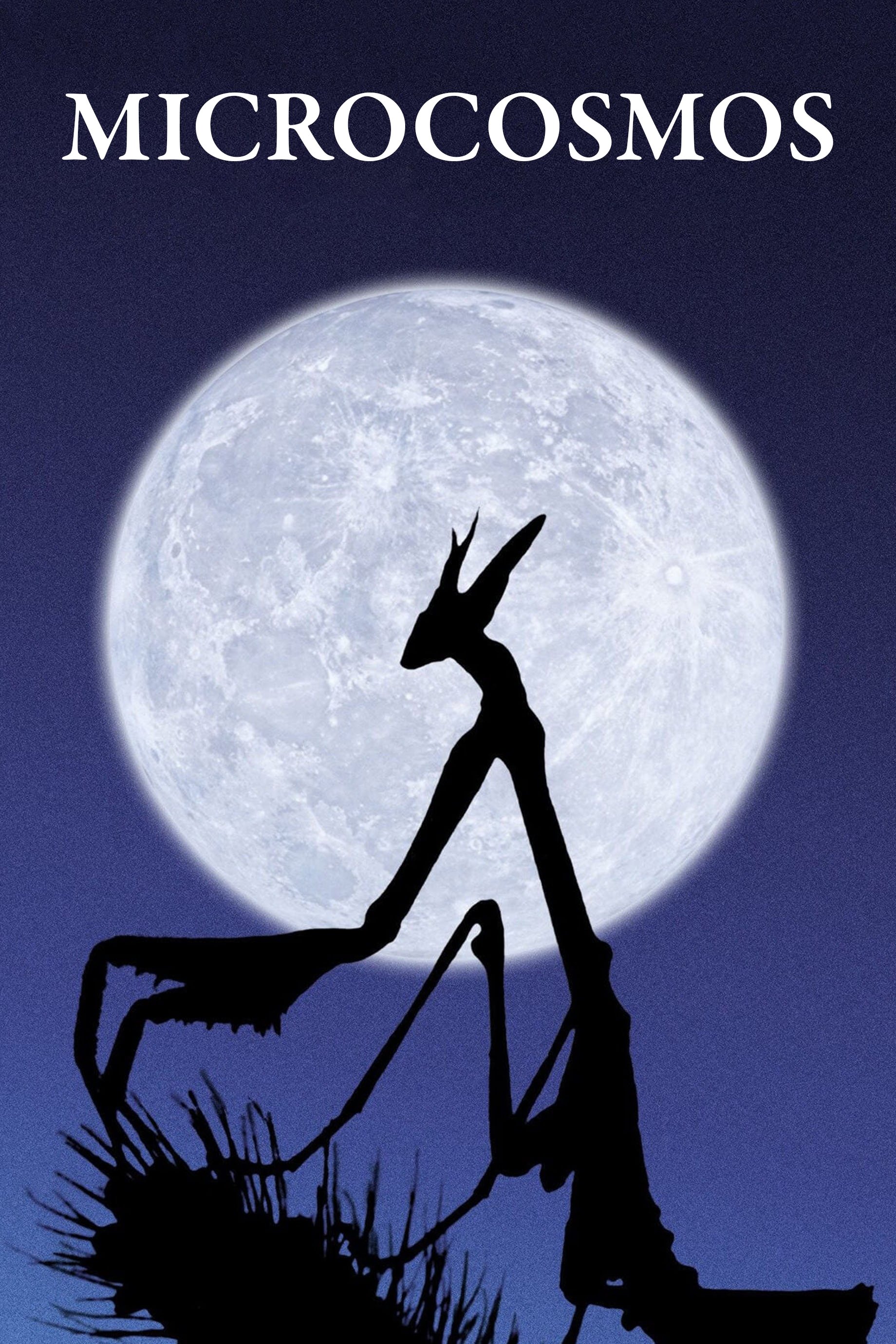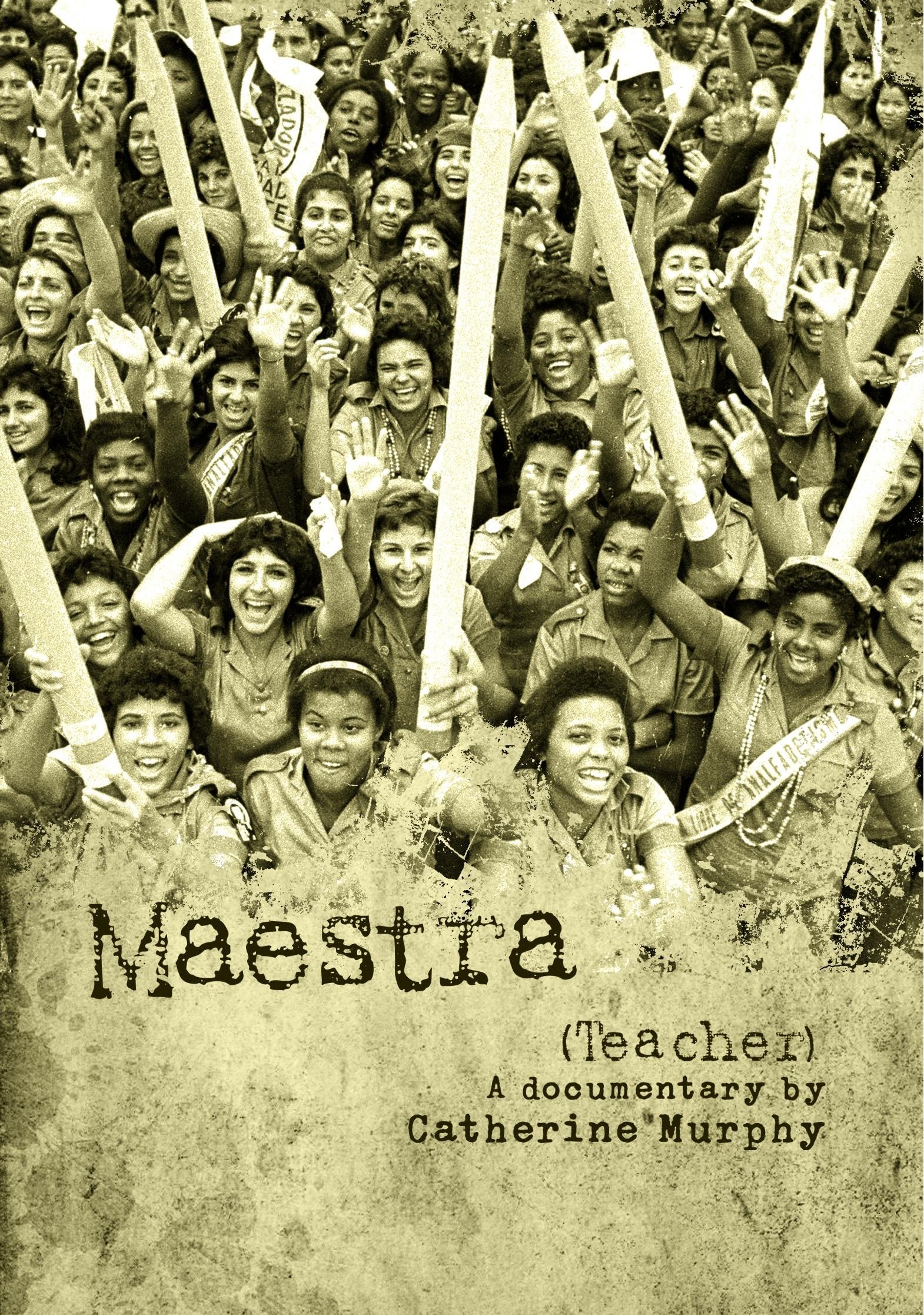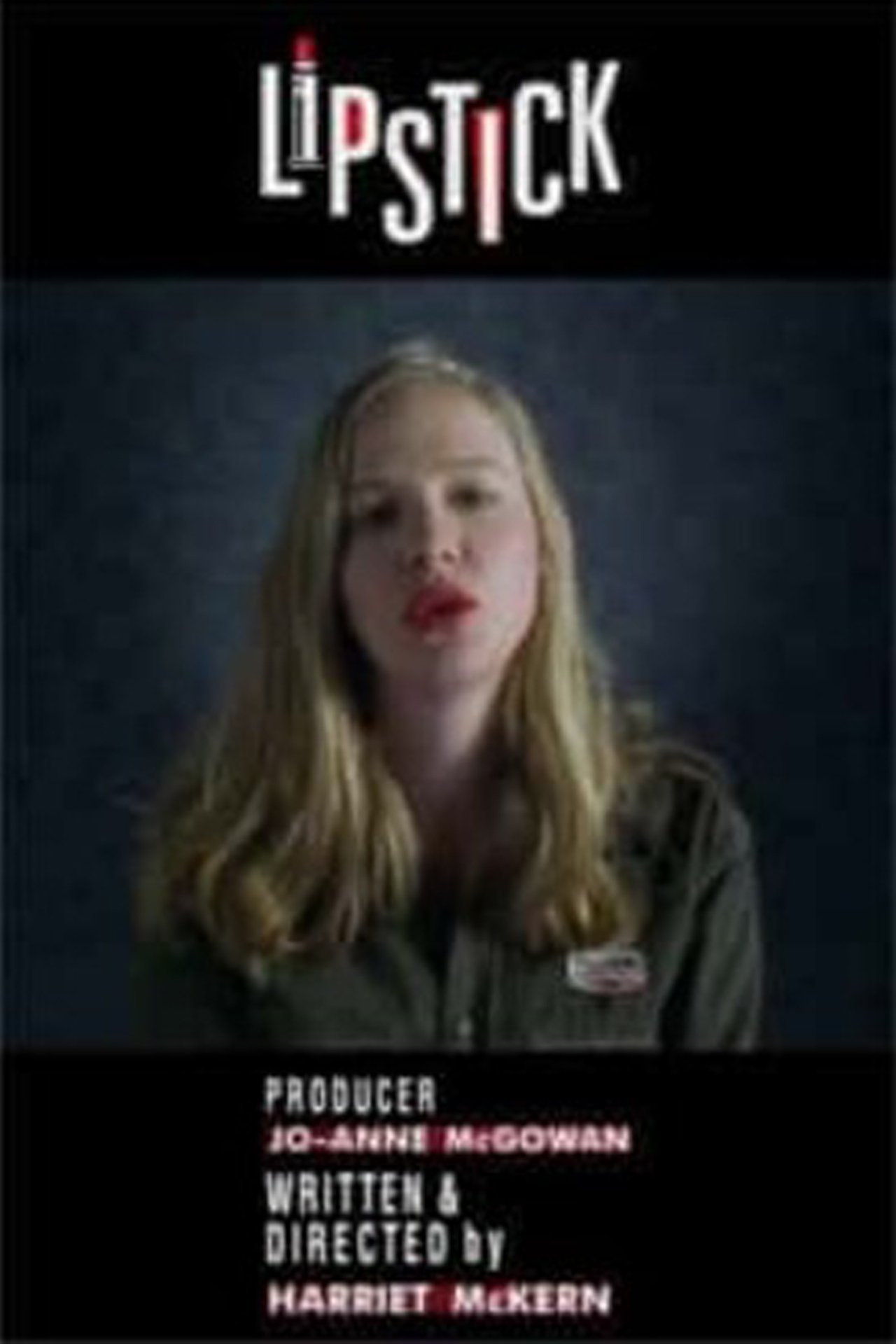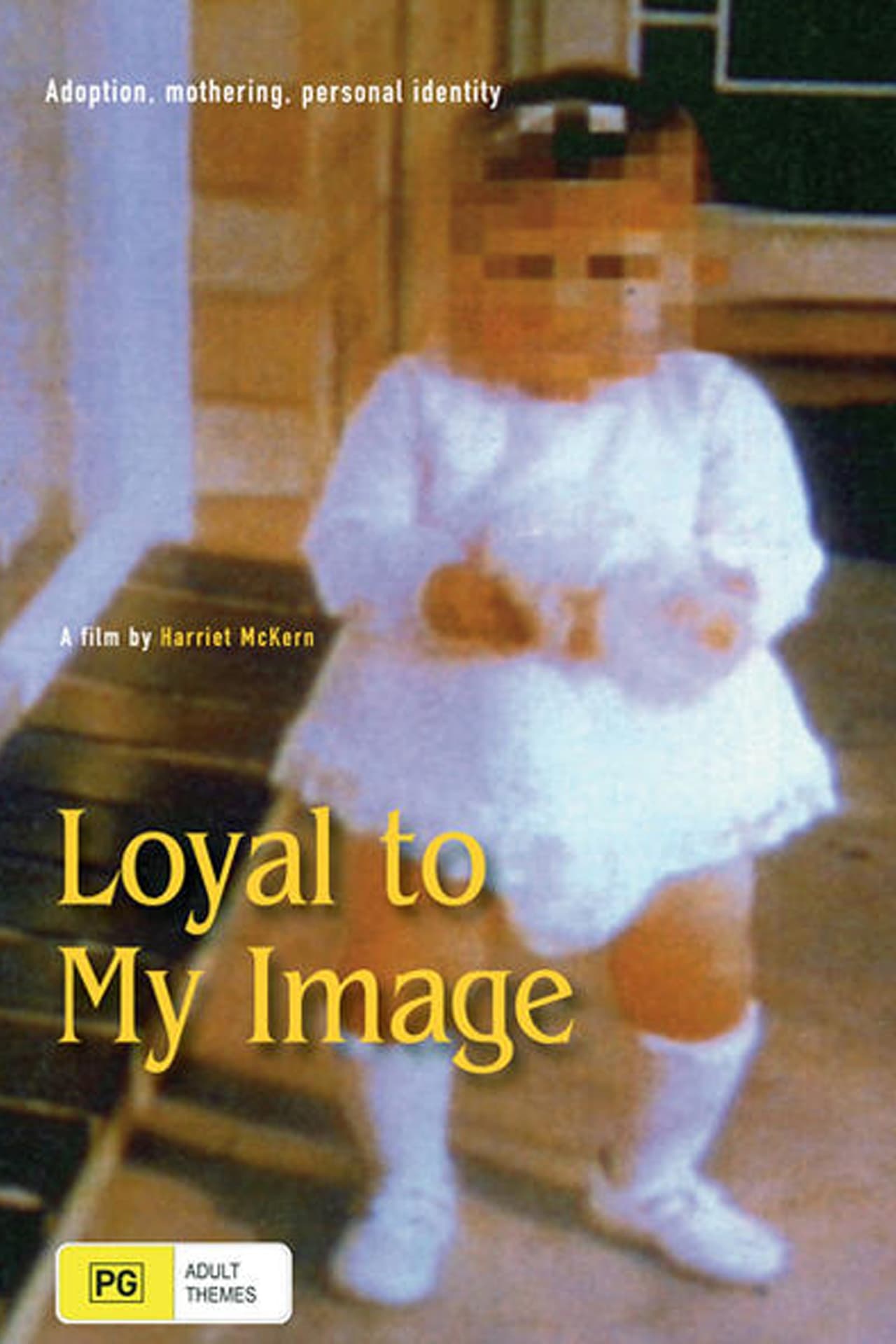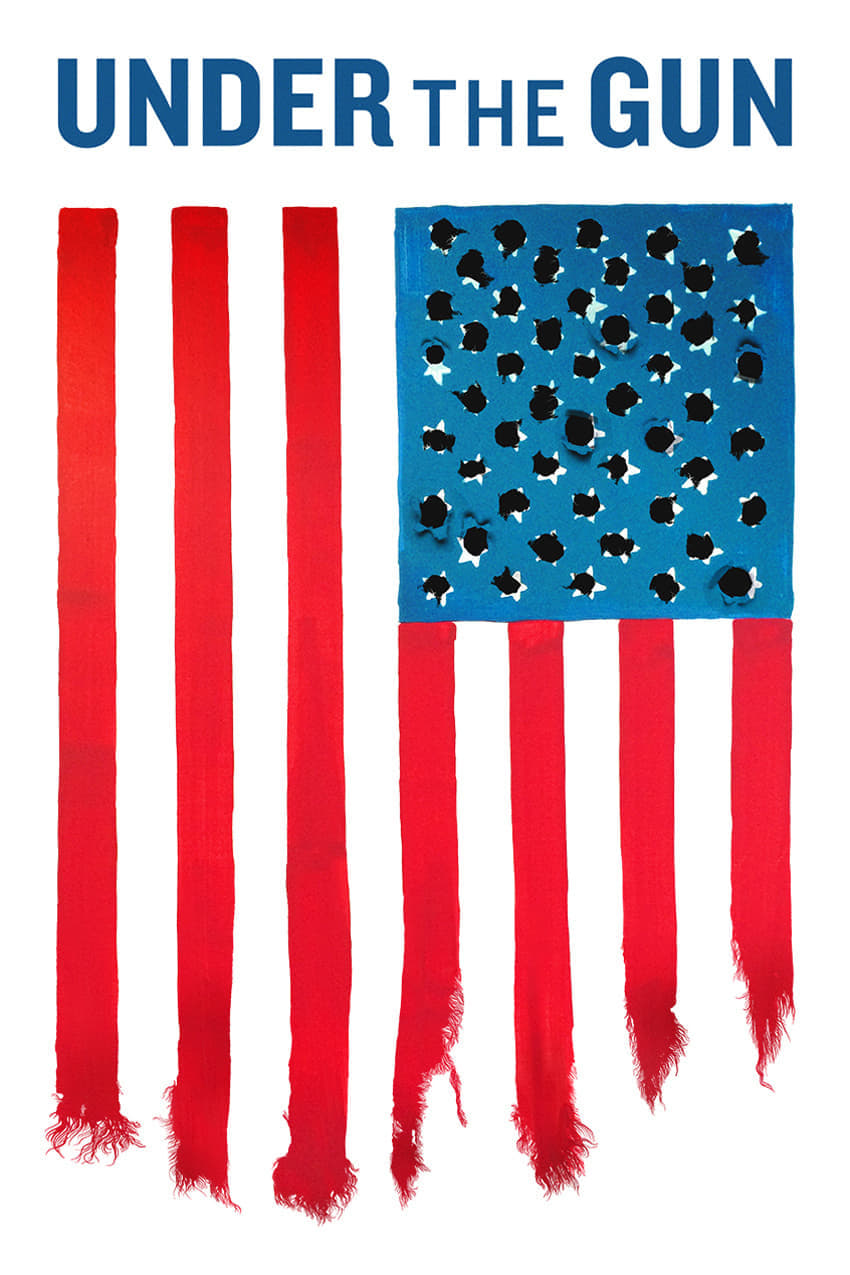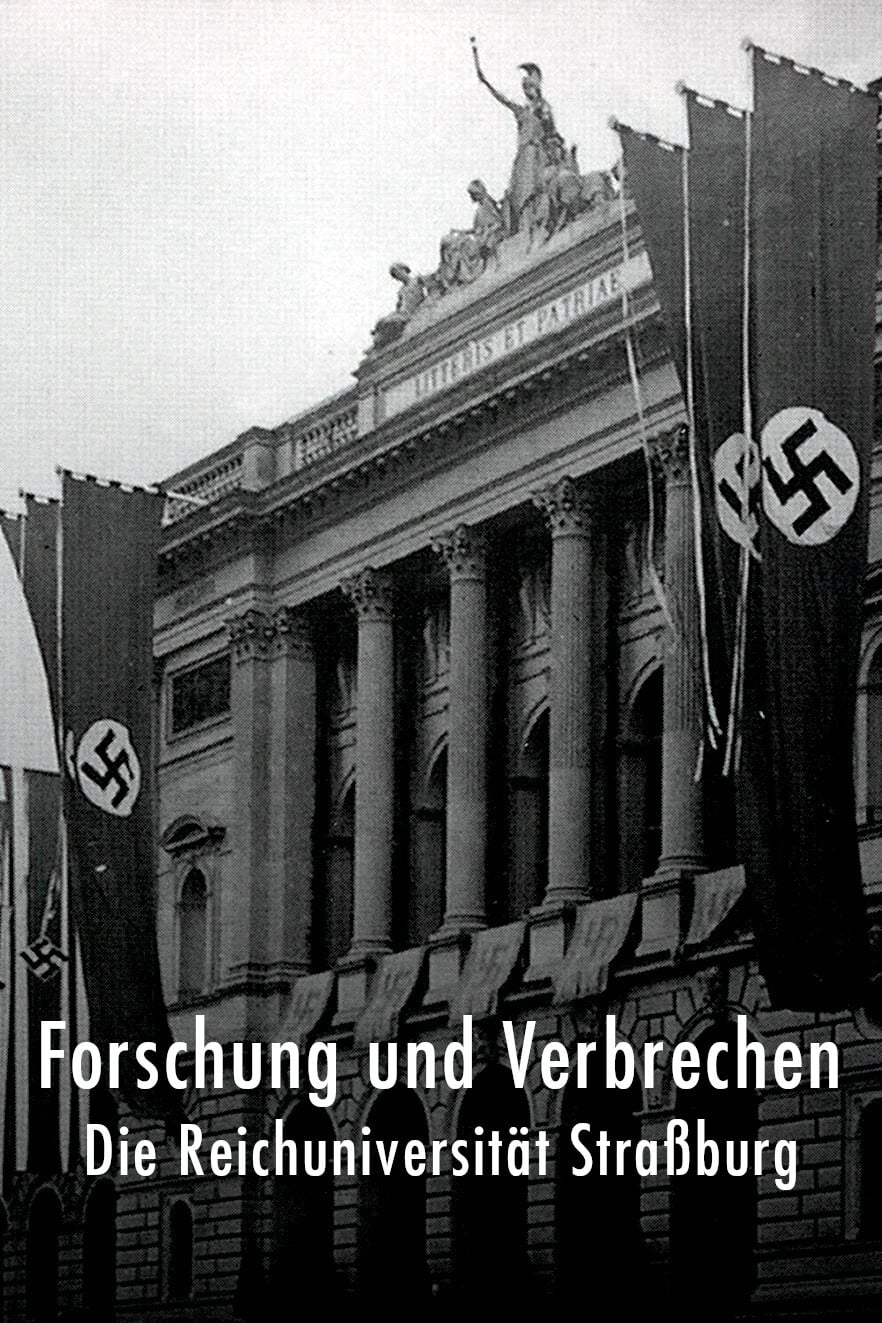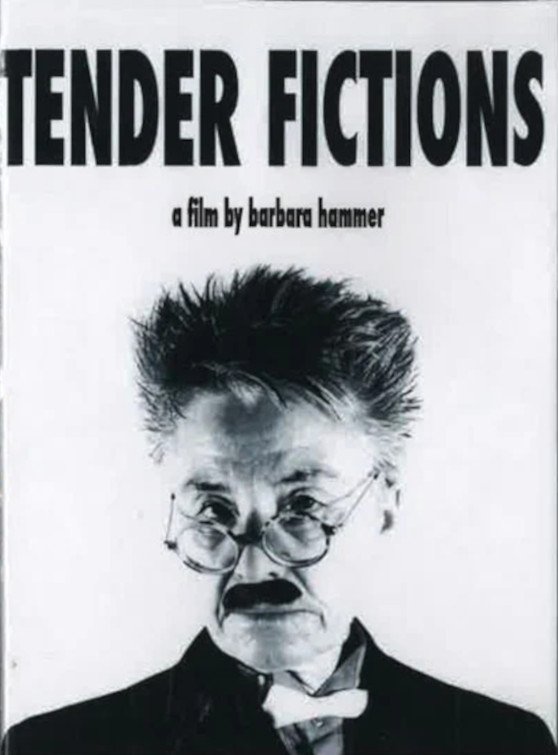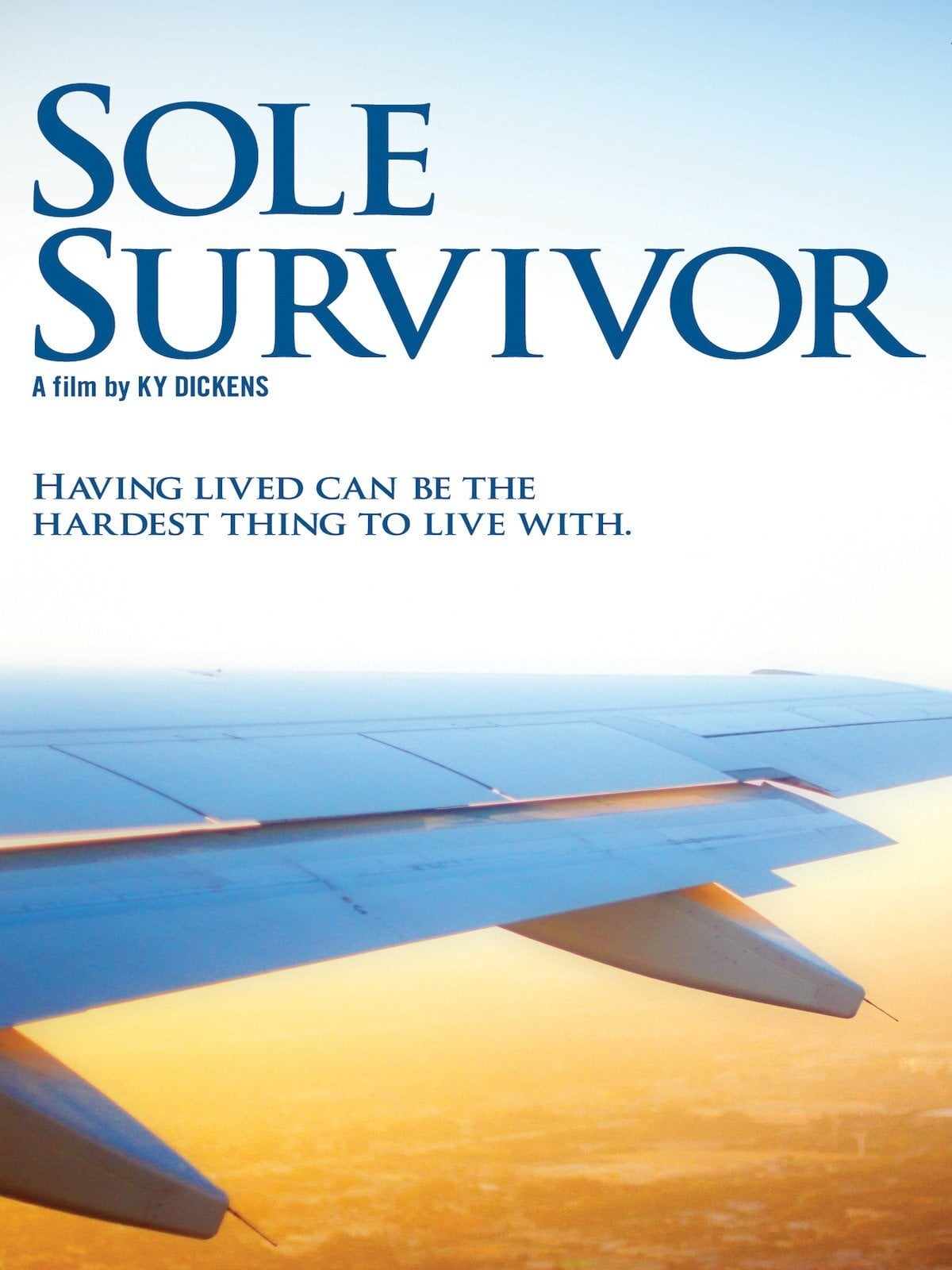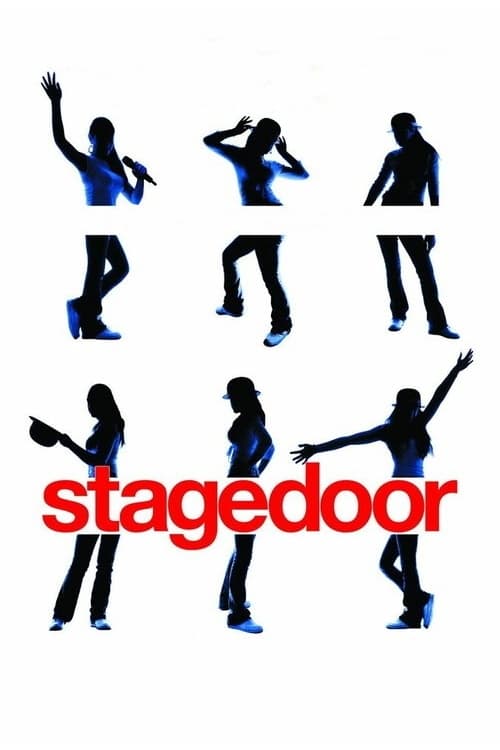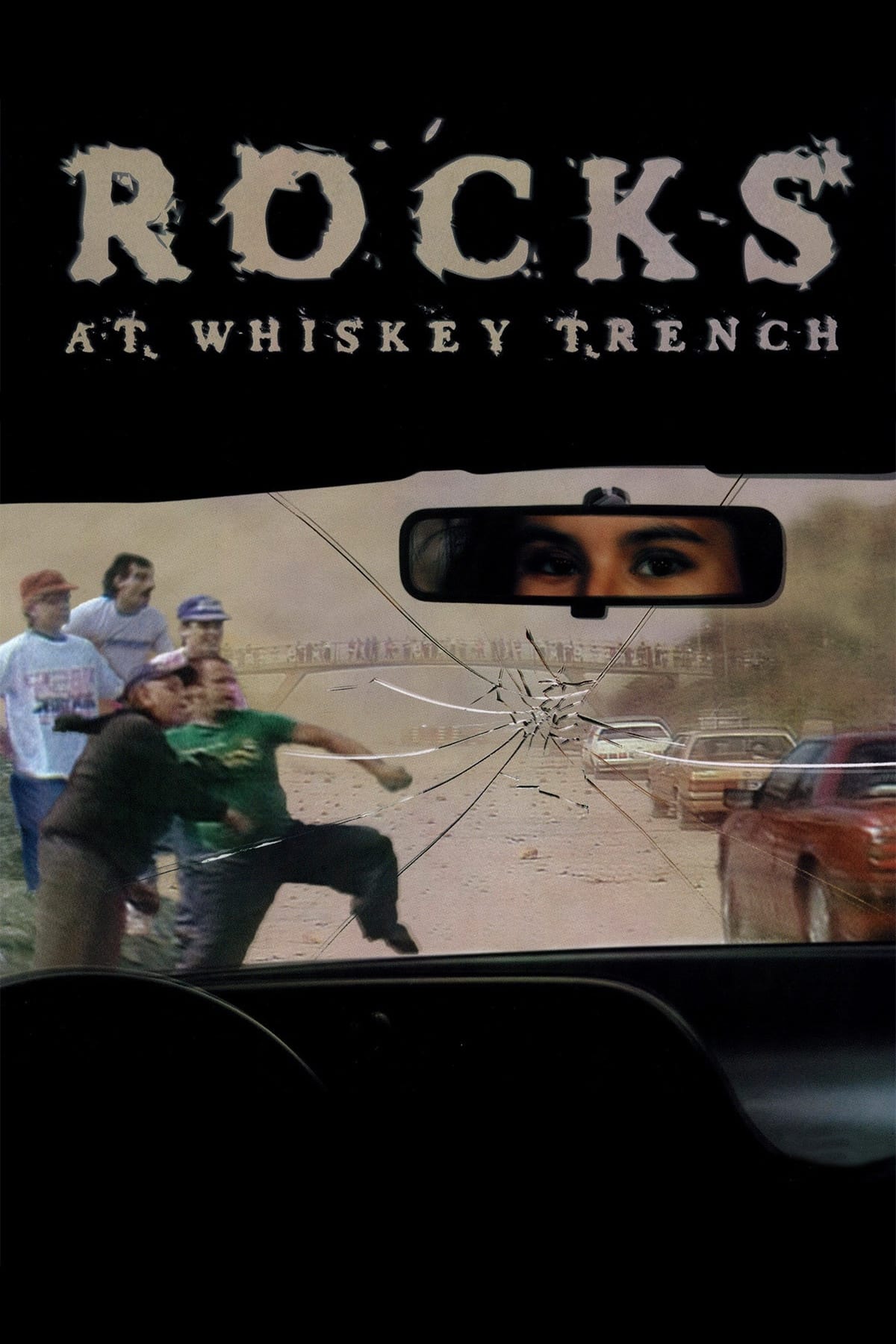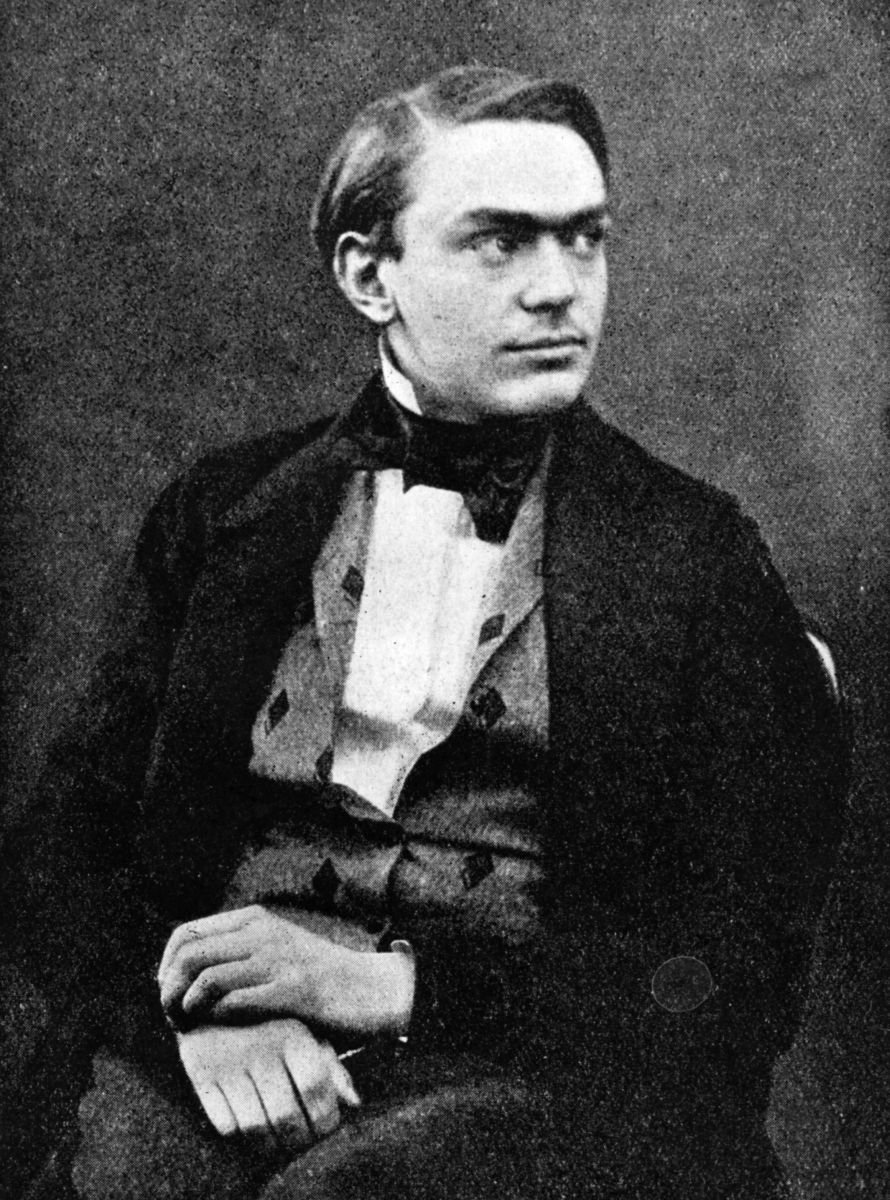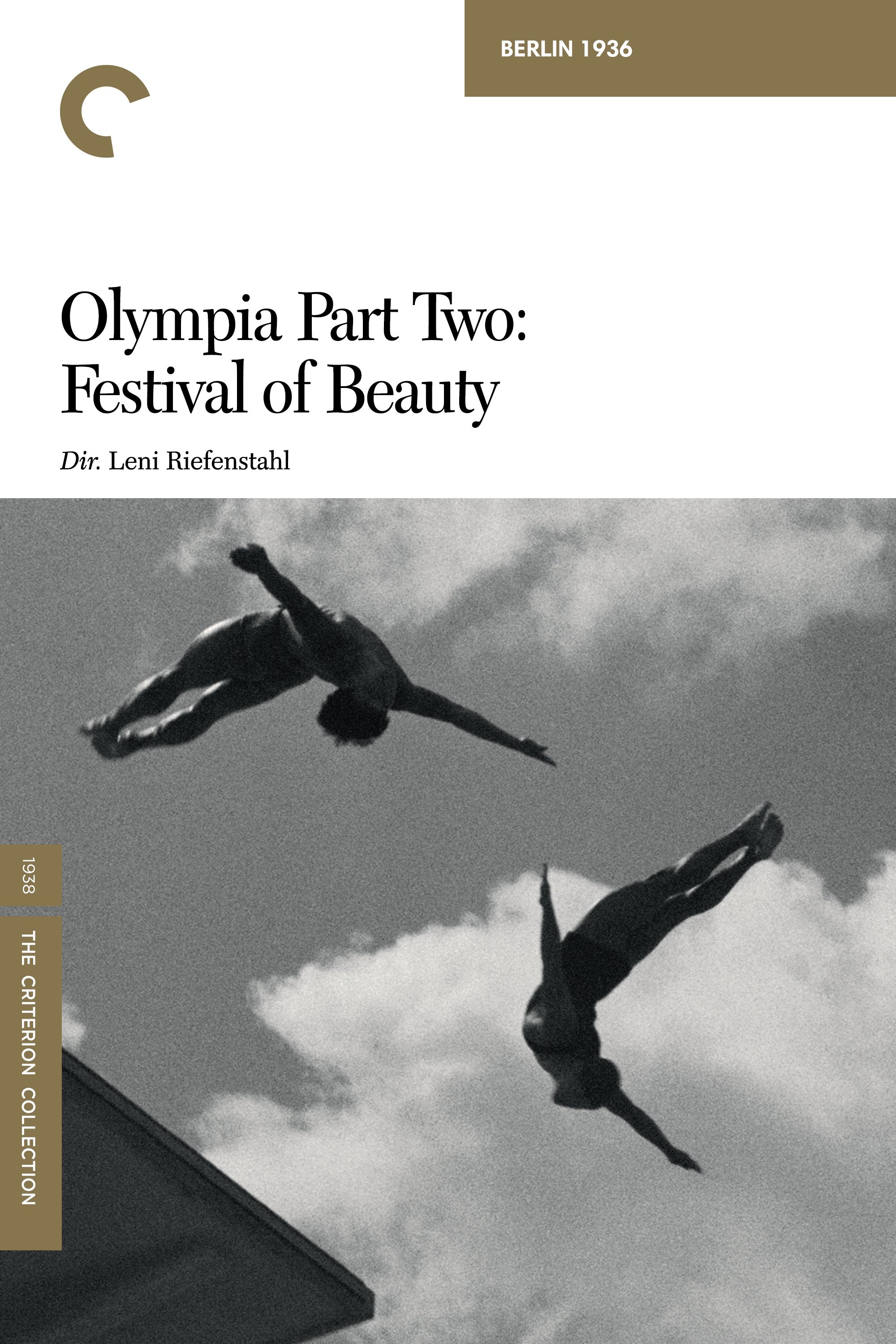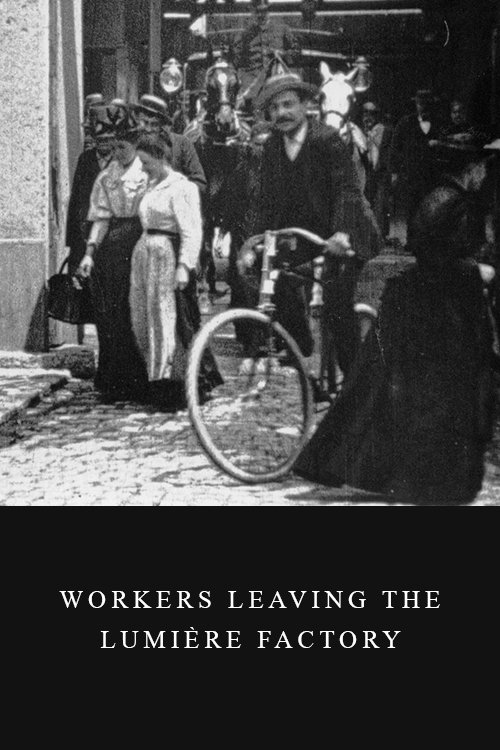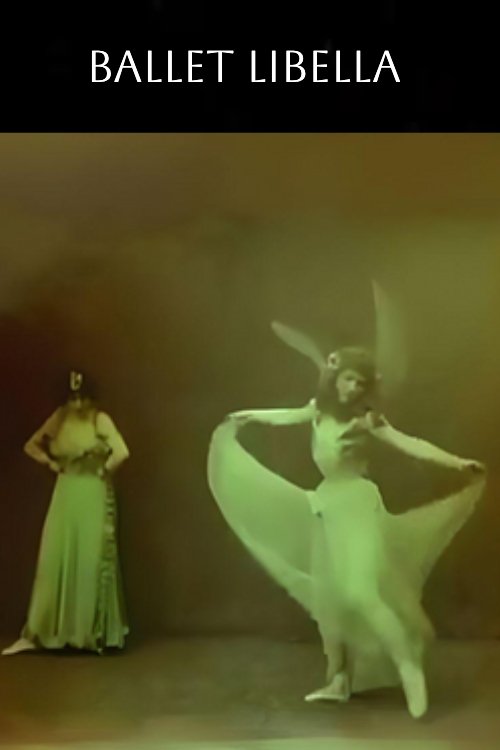
Ballet Libella (1897)
Overview
A woman wearing dragonfly wings performs a romantic dreamlike dance.
Production Companies

Additional Info
| Budget | $0.00 |
|---|---|
| Revenue | $0.00 |
| Original Language | xx |
| Popularity | 1.5802 |
Directed By
Albert Kirchner
Alice Guy-Blaché
TOP CAST
Similar Movies
Baby, It's You
Six adult siblings and the vicissitudes of fertility, infertility, and the desire - met and unmet - for a baby. Focusing on one couple's attempt to become pregnant, and the inevitable highs and lows of a year of hope and disappointment.
Microcosmos
A documentary of insect life in meadows and ponds, using incredible close-ups, slow motion, and time-lapse photography. It includes bees collecting nectar, ladybugs eating mites, snails mating, spiders wrapping their catch, a scarab beetle relentlessly pushing its ball of dung uphill, endless lines of caterpillars, an underwater spider creating an air bubble to live in, and a mosquito hatching.
Maestra
Cuba, 1961: 250,000 volunteers taught 700,000 people to read and write in one year. 100,000 of the teachers were under 18 years old. Over half were women. MAESTRA explores this story through the personal testimonies of the young women who went out to teach literacy in rural communities across the island - and found themselves deeply transformed in the process.
We Came Home
We Came Home is the story of Afghanistan through Afghan American musician, Ariana Delawari. Born in LA, the year the Soviets invade Afghanistan, her home's filled with refugees, Afghan music and her father's dedication to Afghanistan, a country nobody else seemed to care about. After 9/11, her parents move to Kabul to help reconstruct. Ariana spends ten years between LA and Afghanistan, documenting her father's homeland in photographs, film and music. During the Taliban resurgence, Ariana records an album with master musicians in Kabul, revealing the challenges of building anything in this country. Ariana experiences firsthand the threat of war and corruption when her father is arrested. Through this, she unexpectedly realizes why her father could never abandon his people. She now understands Afghanistan cannot be forgotten.
Loyal to My Image
Through one woman's experience as an adopted person and also as a mother who relinquished her child in 1971, this documentary highlights the many complex issues associated with adoption.
Under the Gun
A look at the aftermath of the Sandy Hook massacre where 20 children were murdered at school by a crazed gunman, but lead to no changes in American gun laws.
Research and Crime: the Reich University of Strasbourg
Strasbourg was home to one of three Reich Universities founded by the Nazis, known as a project close to Hitler's heart. The university, founded in 1941, is infamous for the human experiments performed on KZ prisoners by the professors of the medical faculty. What did its dean, Johannes Stein, grandfather of documentarian Kirsten Esch, know of these crimes?
New Boobs
For years, filmmaker Sacha Polak has known that she carries the BRCA1 hereditary cancer gene, responsible for breast cancer, but she can't decide what to do. Does she have her breasts removed as a preventive measure to minimize the risk of developing cancer? What if she had them removed, thus forsaking her femininity, for nothing? Sacha decides to make a personal and open documentary about her search.
Tender Fictions
Childhood stories of the artist as a young lesbian and intimate tales of the lesbian as a young artist underscore the filmmaker's life of performances. With a Swiss army knife she robs an American Express Bank in Morocco, accosts a shepherd in a field on International Women's Day, and tap dances on Shirley Temple's star on Hollywood Boulevard. This child movie star was the ideal by which Hammer's ambitious mother measured her own Barbie. Grandma, already a cook for Lillian Gish in Hollywood, introduced the cute, loquacious child and her mother to D.W. Griffith. Lesbian autobiography is a slender genre, so Hammer draws from general culture studies for critique and to provide an ironic edge to the synthesized "voices of authority".
The Galapagos Affair: Satan Came to Eden
Darwin meets Hitchcock in this documentary. Directors Dan Geller and Dayna Goldfine have created a parable about the search for paradise, set in the brutal yet alluring landscape of the Galapagos Islands, which interweaves an unsolved 1930s murder mystery with stories of present day Galapagos pioneers. A gripping tale of idealistic dreams gone awry, featuring voice-over performances by Cate Blanchett, Diane Kruger, and Gustaf Skarsgard.
Sole Survivor
In the history of aviation, there have been only 14 of them: sole survivors of a commercial aviation disaster. Most have never spoken publicly about the loss, the guilt, the immense pressure of feeling "spared." Who, after all, could ever truly understand? The answer is only each other. Sole Survivor brings four of them together (George Lamson, Cecilia Cichan, Bahia Bakari and Jim Polehinke) to share their very complex, personal stories for the first time. They revisit the most harrowing moments of their lives in an effort to heal and overcome their most perplexing questions.
Stagedoor
Pack your bags for a trip to a Catskills summer camp where the stars of tomorrow go to prepare for their shot at the big time as filmmaker Alexandra Shiva allows viewers a fly-on-the-wall perspective of Stagedoor Manor, the training ground for such notable Hollywood heavyweights as Robert Downey Jr., Jennifer Jason Leigh, and Natalie Portman.
Rocks at Whiskey Trench
The fourth film in Alanis Obomsawin's landmark series on the Oka crisis uses a single, shameful incident as a lens through which to examine the region's long history of prejudice and injustice against the Mohawk population.
The Story of Alfred Nobel
This John Nesbitt's Passing Parade short tells the story of Alfred Nobel, who invented dynamite, and later established the Nobel Prize.
Nanook of the North
This pioneering documentary film depicts the lives of the indigenous Inuit people of Canada's northern Quebec region. Although the production contains some fictional elements, it vividly shows how its resourceful subjects survive in such a harsh climate, revealing how they construct their igloo homes and find food by hunting and fishing. The film also captures the beautiful, if unforgiving, frozen landscape of the Great White North, far removed from conventional civilization.
Olympia Part Two: Festival of Beauty
Part two of Leni Riefenstahl's monumental examination of the 1938 Olympic Games, the cameras leave the main stadium and venture into the many halls and fields deployed for such sports as fencing, polo, cycling, and the modern pentathlon, which was won by American Glenn Morris.
Workers Leaving the Lumière Factory
Working men and women leave through the main gate of the Lumière factory in Lyon, France. Filmed on 22 March 1895, it is often referred to as the first real motion picture ever made, although Louis Le Prince's 1888 Roundhay Garden Scene pre-dated it by seven years. Three separate versions of this film exist, which differ from one another in numerous ways. The first version features a carriage drawn by one horse, while in the second version the carriage is drawn by two horses, and there is no carriage at all in the third version. The clothing style is also different between the three versions, demonstrating the different seasons in which each was filmed. This film was made in the 35 mm format with an aspect ratio of 1.33:1, and at a speed of 16 frames per second. At that rate, the 17 meters of film length provided a duration of 46 seconds, holding a total of 800 frames.
